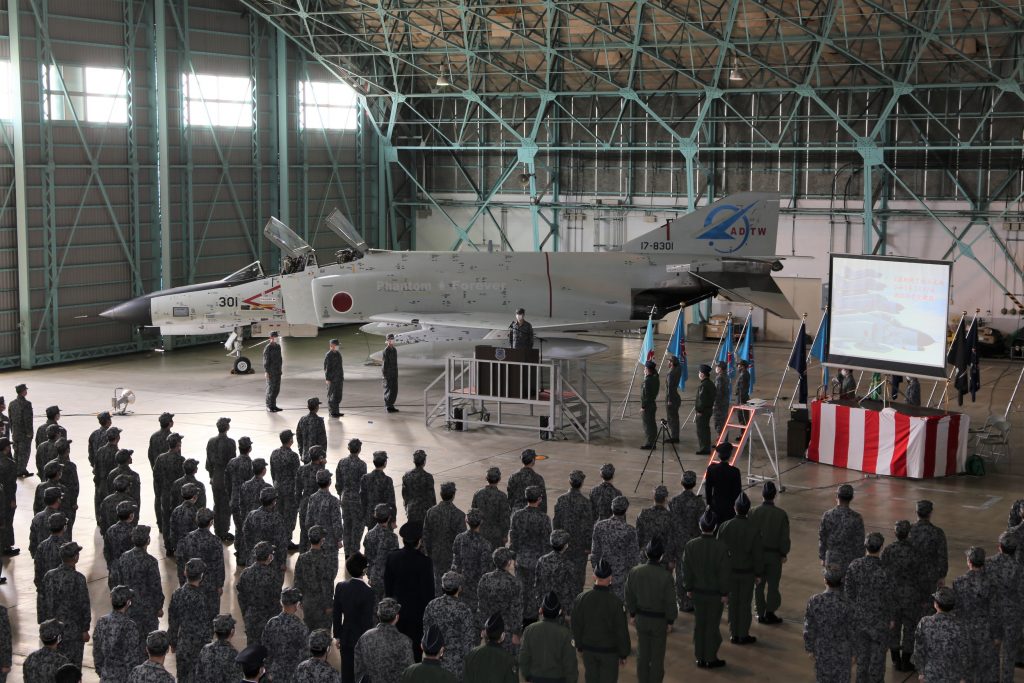An Uncertain Fate For Japan’s First Phantom
Despite its role in Japanese aviation history as the Japan Air Self Defense Force’s first F-4EJ Phantom II and among the last of them, no museums or private collectors have yet applied to acquire F-4EJ 301 following its retirement last week.
The shock announcement was made in a Twitter post by J-Wings magazine’s editorial team on Friday. In it, the team said that their sources had informed them that there had yet to be a taker for the aircraft despite its clear historical value, putting it at risk of scrapping. In the post, they also expressed their hope that a taker would soon materialize for 301, with the resources to both store it in an environment conducive to its long-term preservation and keep it accessible to the public.
While local newspapers had reported that the city of Kakamigahara, where Gifu Air Base is located, was going to acquire one of the final three Air Development and Test Wing Phantoms for display at the Gifu-Kakamigahara Air and Space Museum, the announcement seems to suggest that the aircraft in question will not be 301. It is not currently known why that would be the case, although it could be possible that 301 being built in St. Louis made it less thematically suitable for the Air and Space Museum.
On a similar note, there is now a petition online calling for the YS-11 of Iruma Air Base’s Flight Check Squadron (retired on the same day as the ADTW’s Phantoms), to be preserved for static display at Sayama Inariyama Prefectural Park. The park is located adjacent to Iruma Air Base, and was partially developed as housing for base personnel when Iruma was the USAF-operated Johnson Air Base during the postwar occupation (the later-abandoned housing would be demolished after the land was returned to the prefectural government). Given the aircraft’s long service with the squadron, the petition argues that preserving it near the base would make for an excellent tribute to it, the squadron and the air base.

